Great Gray Owl
At a Glance
A big nightbird, haunting woods of the far north and certain high mountains of the west. Its great size is partly illusion: it has very thick fluffy plumage, and its body size is smaller than it would appear, so it preys mostly on tiny rodents. When there is a population crash of voles and other rodents in the boreal forest, numbers of Great Gray Owls may drift into the northeast, causing excitement for birders.
All bird guide text and rangemaps adapted from Lives of North American Birds by Kenn Kaufman© 1996, used by permission of Houghton Mifflin Harcourt Publishing Company. All rights reserved.
Category
Owls
Conservation
Low Concern
Habitat
Forests and Woodlands, Freshwater Wetlands, High Mountains, Tundra and Boreal Habitats
Region
Alaska and The North, California, Eastern Canada, Great Lakes, Mid Atlantic, New England, Northwest, Plains, Rocky Mountains, Western Canada
Behavior
Direct Flight, Hovering
Population
120.000
Range & Identification
Migration & Range Maps
No regular migration, but nomadic. Large numbers may move south or southeast in some winters in eastern Canada and extreme northeastern United States; this is apparently in response to a sudden drop in rodent populations.
Description
24-33" (61-84 cm). W. 5' (1.5 m). Huge size with very fluffy plumage, longish tail, dark rings on face, yellow eyes. Two white neck marks may be conspicuous.
Size
About the size of a Heron, About the size of a Mallard or Herring Gull
Color
Black, Gray, White, Yellow
Wing Shape
Broad
Tail Shape
Rounded, Short, Square-tipped
Songs and Calls
Very deep, booming whoo, repeated 10 times or more, and gradually descending the scale.
Call Pattern
Falling
Call Type
Hoot, Scream
Habitat
Dense conifer forests, adjacent meadows, bogs. Generally favors country with mix of dense forest for nesting and roosting, and open areas for hunting. In the north, mostly around bogs, clearings, and burns in extensive coniferous woods; in the west, mostly around meadows in mountain forest.
Sign up for Audubon's newsletter to learn more about birds like the Great Gray Owl
Behavior
Eggs
2-5. White. At times, may lay more eggs in years when food is abundant. Incubation is by female only, 28-36 days. Male brings food to incubating female on nest.
Young
Female broods young for first 2-3 weeks. Male brings food to nest, and female feeds it to young. Young may climb out of nest and perch in nest tree or nearby trees after 3-4 weeks, are able to fly 1-2 weeks later. In some areas, adult female departs after young fledge, while male remains with them and feeds them for up to 3 months.
Feeding Behavior
May hunt by day or night. In summer, daytime feeding is usually near dawn or dusk. Usually hunts by listening and watching from a perch, swooping down when it locates prey; sometimes hunts by flying low over open areas. Can locate prey by sound, and will plunge into snow to catch rodents more than a foot below the surface.
Diet
Mostly small mammals. Feeds mainly on voles in many northern areas; in western United States, pocket gophers may be main prey. Also eats mice, shrews, squirrels, weasels, small birds, rarely frogs.
Nesting
In courtship, male may feed female; members of pair preen each others' feathers. Nest: Usually uses old abandoned nest of other large bird, such as goshawk, raven, Osprey; sometimes nests on top of broken-off snag or stump, rarely on the ground. Site usually 10-50' above ground. A pair may reuse the same nest for several years.
Climate Vulnerability
Conservation Status
Much of range is remote from impacts of human activities. In southern parts of range, has probably declined because of habitat loss and disturbance.
Climate Threats Facing the Great Gray Owl
Choose a temperature scenario below to see which threats will affect this species as warming increases. The same climate change-driven threats that put birds at risk will affect other wildlife and people, too.












